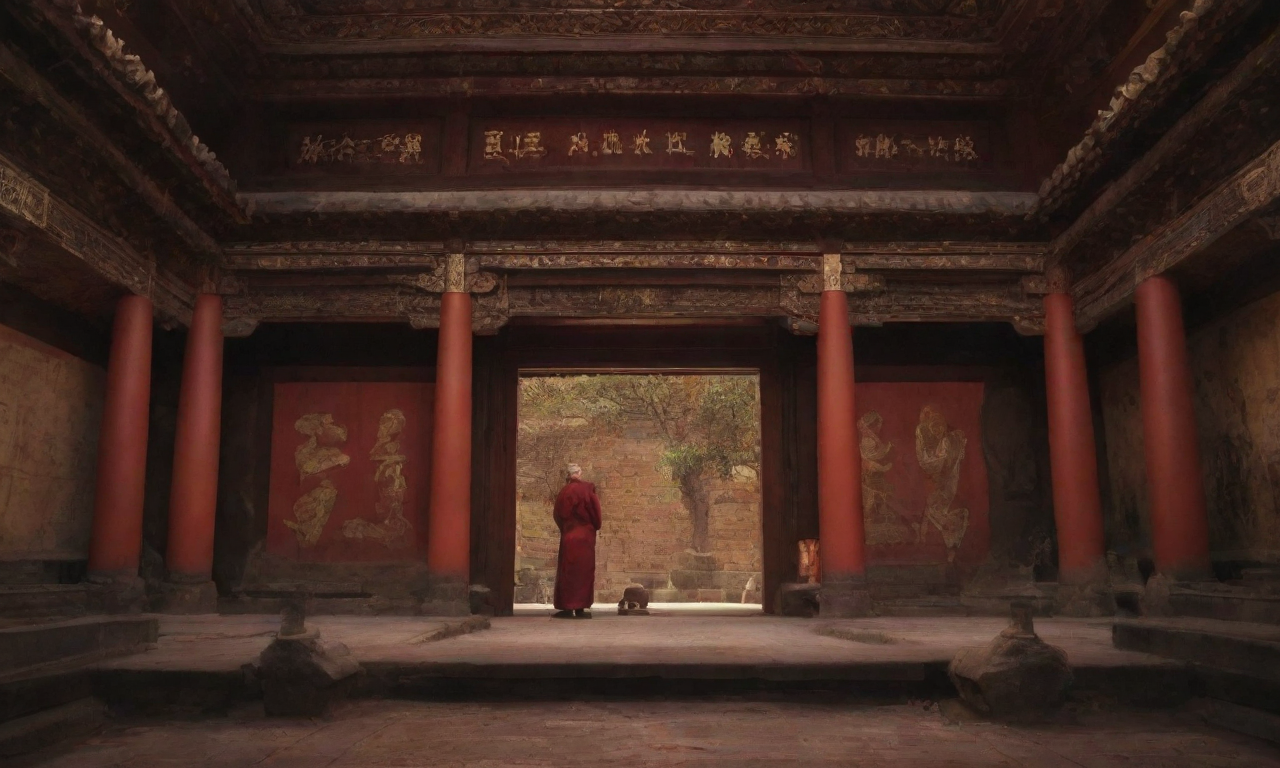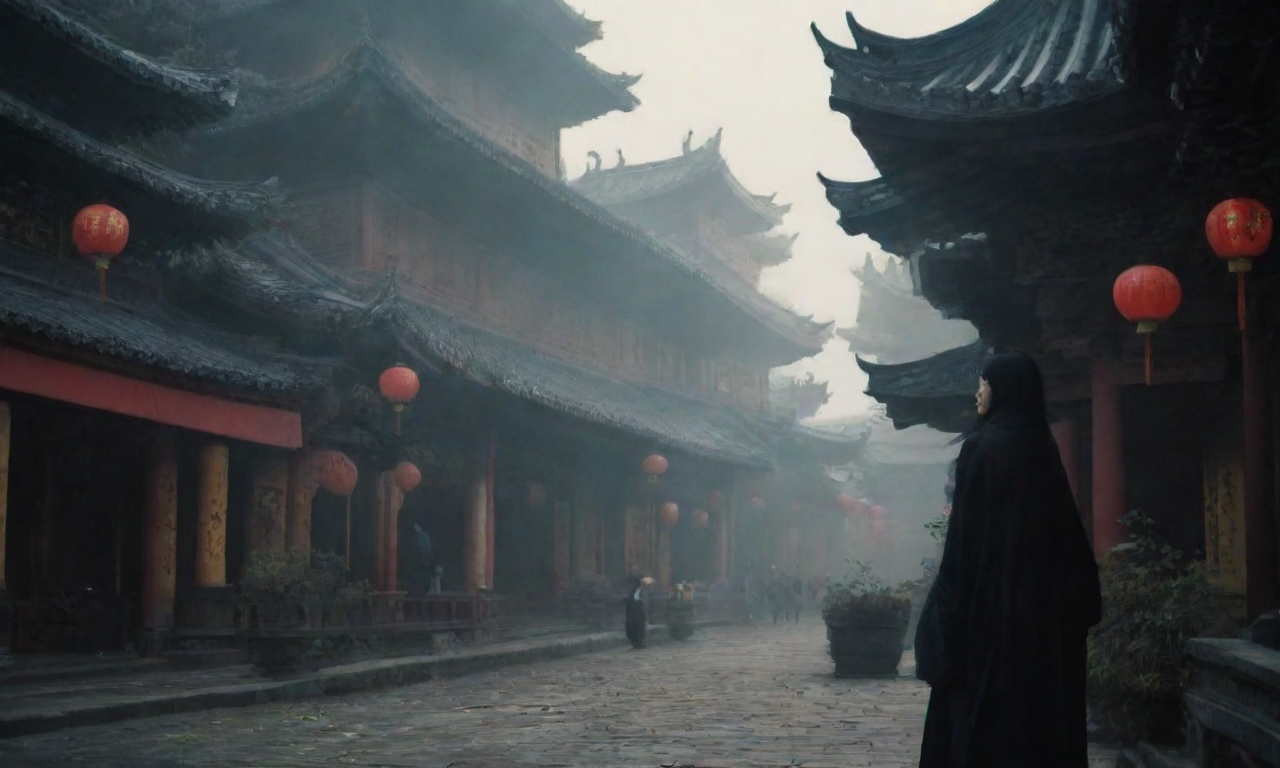From above, the Qinghai Salt Lake looks like a colorful gem left on earth, with dreamy blues and jade greens. The shores are covered with white crystals, connecting different shades of colors, which not only mesmerize tourists but also bring awareness about lithium extraction from the salt lake to the Chinese people."Currently, the conventional process to extract 1 ton of lithium carbonate requires 20,000 kWh of electricity. With our extraction technology, we have achieved extracting 1 ton of lithium carbonate with just over 2,000 kWh of electricity. This technology has already entered the industrial trial phase," happily said Jiang Kaixi.Jiang Kaixi is the Chief Scientist of Zijin Mining Group Co., Ltd. and a professor at Zijin Institute of Geology and Mining of Fuzhou University. Recently, he was awarded the title of "National Excellent Engineer"."The selection of National Excellent Engineers is also a guideline for industrial transformation and upgrading, aiming for the metallurgical industry to be more efficient, clean, and energy-saving." If we compare this pursuit to human behavior, Jiang Kaixi jokingly refers to it as "being lazy". So, what are his tips to help non-ferrous metals "be lazy"?Jiang Kaixi (second from the right) and the team discussing pressurized leaching technology. Image provided by Interviewee
"Doing the minimum" and achieving more with less effort
"In metallurgical processes, we want the process to be efficient, we want the chemical reaction to only react with useful substances, and not react with useless substances. It's like helping non-ferrous metals to 'be lazy'," said Jiang Kaixi. "Just like in our daily work, we strive for the best results, but most young people always think about how to 'do the minimum'. Wouldn't it be better if we can achieve more with less effort?"Around 2000, Jiang Kaixi condensed this idea into the "Principle of Minimal Chemical Reaction". Its characteristics are low input, low resource consumption, and low cost. As a result, there are fewer low-value intermediate products and good economic benefits.The typical application of the "Principle of Minimal Chemical Reaction" is in the industrial refining of zinc. Zinc concentrates often contain a large amount of pyrite. In the traditional zinc refining methods, pyrite participates in the reaction, requiring larger equipment capacity, consuming oxygen and calcium carbonate, and producing a large amount of waste residue. The waste residue contains a large amount of harmful heavy metals and is difficult to comprehensively utilize, requiring separate water storage and treatment, becoming a perpetual potential source of pollution.Using this principle, Jiang Kaixi controls the participation of pyrite in the leaching reaction by selectively extracting only zinc through control of process conditions. This technology was later widely applied in smelters in Yunnan, Guangdong, Qinghai, Inner Mongolia, and other regions. As Jiang Kaixi puts it, it helps the factories "be lazy".In August 2023, strict export control measures were implemented on gallium and germanium-related items in China. These two strategic metals are widely used in semiconductor materials and solar cells.The development of gallium and germanium also relies on the application of the "Principle of Minimal Chemical Reaction". Jiang Kaixi's original technology has helped Zhongjin Lingnan Danxia Smelter become the world's first efficient zinc smelter to recover gallium and germanium, with recovery rates reaching 78% and 76% respectively, achieving a major breakthrough in the simultaneous recovery of these three rare metals.Following the "Principle of Minimal Chemical Reaction", he proposed the technical concept of "select if possible, refine if possible, complementary selection and refining", and invented a new technology for complex oxidized ore selection and refining, supporting the development of multiple large-scale major mining and metallurgical projects.He developed the "Ammonia Leaching-Leaching Residue Flotation" combined technology for the globally recognized difficult-to-treat Tangdan Copper Oxide Mine in Yunnan, and built two demonstration plants. He also developed the "Enhanced Leaching" technology for the Yulong Copper Mine in Tibet, the second largest copper mine in China, and built China's first wet copper plant with an annual production of 10,000 tons in a high-altitude and high-cold region.He built the world's first large-scale brine lithium extraction production line in Qinghai Xinghua Lithium Salt Co., Ltd, producing 10,000 tons of high-purity lithium chloride per year, creating a new category of efficient lithium extraction technology - large-scale industrial extraction.Behind these new technologies is his systematic thinking."Being lazy" is possible only after working hard
Having systematic thinking is the key to "being lazy", and Jiang Kaixi was deeply impressed by this during his time in universities.In addition to being a chief engineer in the company, he is also a professor in a university. It is something that he is happy to do, to cultivate future engineers from both the academic and the industry ends."Professor Jiang, how can I avoid studying mineral processing?" Last year, while giving a lecture to his students, Jiang Kaixi was taken aback for a moment by the frankness of a student born in the 2000s. "I can understand the student's thoughts. Mineral processing often takes place in rugged and remote areas like mountain valleys, which may differ from the comfortable office environment that young people long for.""The answer is actually simple, and that is 'recognizing the importance of hard work first'."





